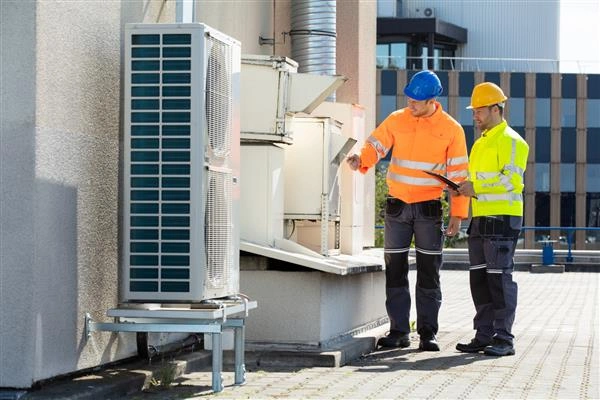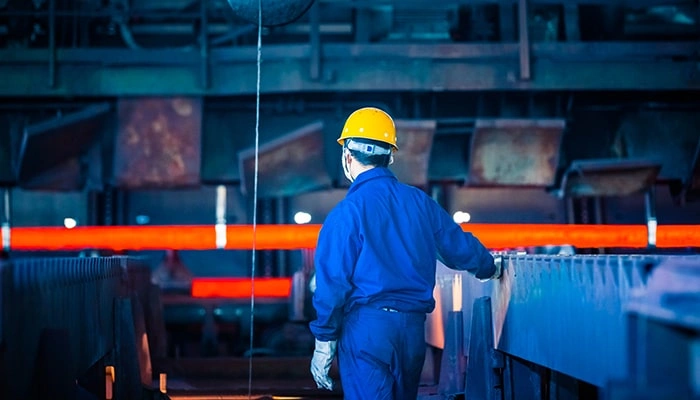
COMPRESSOR operating conditions
1-Suction Pressure
The pressure at the inlet or suction side of the compressor is the suction pressure. It is typically measured in units such as pounds per square inch (psi) or bar. The suction pressure determines the pressure at which the gas enters the compressor.
2-Discharge Pressure
The pressure at the outlet or discharge side of the compressor is the discharge pressure. It is also measured in units like psi or bar. The discharge pressure is the pressure to which the gas is compressed by the compressor.
3-Flow Rate
The flow rate is the volume of gas that the compressor is capable of compressing or delivering within a specific time period. It is often measured in terms of cubic feet per minute (cfm) or cubic meters per hour (m³/h). The flow rate determines the amount of gas that the compressor can handle.
4-Temperature
The temperature of the compressed gas is an important operating condition. Compressing gas can cause it to heat up, and managing the temperature rise is crucial. High temperatures can adversely affect the performance and efficiency of the compressor. Therefore, compressors may employ cooling mechanisms such as intercoolers or aftercoolers to maintain the desired temperature.
5-Humidity and Contaminants
The presence of moisture or other contaminants in the gas being compressed can impact the compressor's performance and lifespan. Compressors may incorporate filtration or drying systems to remove moisture and contaminants from the gas.

6-Lubrication and Maintenance
Compressors usually require lubrication to reduce friction and maintain proper operation. Regular maintenance activities like oil changes, filter replacements, and inspections are necessary to ensure the compressor's longevity and optimal performance. It is important to note that specific operating conditions may vary depending on the application, type of compressor (such as reciprocating, rotary screw, centrifugal), and the manufacturer's recommendations. Compressor manufacturers often provide recommended operating ranges and guidelines for their specific compressor models. Following these guidelines helps ensure efficient and safe compressor operation.
7-Compressor Speed
The rotational speed of the compressor's drive shaft is a critical operating parameter. The speed affects the compressor's capacity, efficiency, and mechanical reliability. Compressors may operate at constant speed or variable speed, depending on the application.
8-Efficiency
Compressor efficiency, including isentropic efficiency for positive displacement compressors, adiabatic efficiency for centrifugal compressors, or volumetric efficiency, is an important consideration. Efficient operation is crucial for minimizing energy consumption and optimizing performance.
9-Control Systems
Compressors are equipped with control systems that monitor and manage various parameters. These systems may include pressure and temperature sensors, control valves, and safety features to ensure stable and safe operation.
10-Ambient Conditions
The environmental conditions surrounding the compressor, such as ambient temperature and humidity, can impact its performance. Compressors should be designed and operated within specified environmental limits.
Last posts

Compressor gas analysis
during operation involves monitoring and analyzing the composition of the gas being compressed. This is crucial for various reasons, including efficiency, safety, and environmental considerations. Here's a brief overview:

cylinders in a Compressor
The cylinder of a compressor is a crucial component responsible for the compression of gas within the compressor. Compressor cylinders are pressure vessels designed to contain the gas during the compression cycle In reciprocating compressors, the compressing and displacing element is a piston that moves back and forth within the cylinder, creating the compression action

compressor air package
a compressor air package typically refers to a system that includes a compressor along with various components like tanks, dryers, filters, and controls An air compressor package compresses and stores atmospheric air. It takes in ambient air, compresses it, removes moisture and contaminants, and stores the compressed air for various applications where clean or compressed air is needed, like operating pneumatic tools, powering machinery, or supplying air for certain industrial processes.
Most viewed posts

Compressor gas analysis
during operation involves monitoring and analyzing the composition of the gas being compressed. This is crucial for various reasons, including efficiency, safety, and environmental considerations. Here's a brief overview:

COMPRESSOR operating conditions
The operating conditions of a compressor refer to the specific parameters and conditions under which the compressor operates effectively. These conditions can vary depending on the type of compressor and the intended application.

compressor air package
a compressor air package typically refers to a system that includes a compressor along with various components like tanks, dryers, filters, and controls An air compressor package compresses and stores atmospheric air. It takes in ambient air, compresses it, removes moisture and contaminants, and stores the compressed air for various applications where clean or compressed air is needed, like operating pneumatic tools, powering machinery, or supplying air for certain industrial processes.

cylinders in a Compressor
The cylinder of a compressor is a crucial component responsible for the compression of gas within the compressor. Compressor cylinders are pressure vessels designed to contain the gas during the compression cycle In reciprocating compressors, the compressing and displacing element is a piston that moves back and forth within the cylinder, creating the compression action

